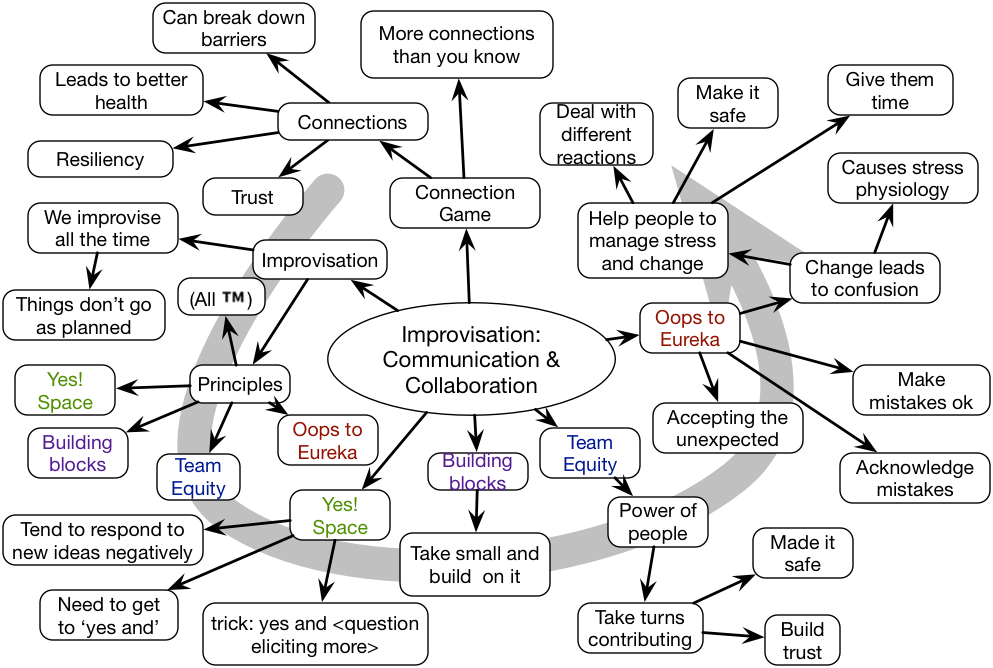I’m going a bit out on a limb here, with a somewhat heretical statement: what you learn is more important than how you learn! (You could say pedagogy supersedes curricula, but that’s just being pedantic. ;) And I’m pushing the boundaries of the concept a bit, but I think it’s worth floating as an idea. It’s meta-learning, of course, learning how to learn! The important point is to focus on what’s being developed. And I mean this at two levels.
This was triggered by seeing two separate announcements of new learning opportunities. Both are focused on current skills, so both are focusing on advanced curricula, things that are modern. While the pedagogy of one isn’t obvious (though claimed to be very practical), the other clearly touts the ways in which the learning happens. And it’s good.
So the pedagogy is very hands on. In fact, it’s an activity-based curricula (in my terms), in that you progress by completing assignments very closely tied to what you’ll do on the job. There are content resources available (e.g. expert videos) and instructor feedback, all set in a story. And this is better than a content-based curricula, so this pedagogy is really very apt for preparing people to do jobs. In fact, they are currently applying it across three different roles that they have determined are necessary.
But if you listen to the longer version (video) of my activity-based learning curricula story, you’ll see I carry the pedagogy forward. I talk about handing over responsibility to the learner, gradually, to take responsibility for the activities, content, product, and reflection. This is important for learners to start becoming self-improving learners. The point is to develop their ability to do meta-learning.
To do so, by the way, requires that you make your pedagogy visible for the choices that you made, and why. Learners, to adopt their own pedagogy, need to see a pedagogy. If you narrate your pedagogy, that is document your alternatives and rationales of choices, they can actually understand more about the learning process itself.
And this, to me, is the essence of the claim. If you start a learning process about something, and then hand off responsibility for the learning, while making clear the choices that led there, learners become self-learners. The courses that are designed in the above two cases will, of necessity, change. And graduates from those courses might be out of date before long, unless they’ve learned how to stay current. Unless they’ve learned meta-learning. That can be added in, and it may be implicit, but I’ll suggest that learning to learn is a more valuable long-term outcome than the immediate employability.
So that’s my claim: in the long term, the learner (and society) will be better off if the learner can learn to self-improve. It’s not an immediate claim or benefit, but it can be wrapped around something that is of immediate benefit. It’s the ‘secret sauce’ that organizations could be adding in, whether internally or in their offerings. What surprises me is how seldom I see this approach taken, or even discussed.
 So, one of the first requirements was to have the necessary tools to explore. In the old days that could include means to navigate (chronograph, compass), ways to represent learnings/discoveries (map, journal), and resources (food, shelter, transport). It was necessary to get to the edge of the map, move forward, document the outcomes, and successfully return. This hasn’t changed in concept.
So, one of the first requirements was to have the necessary tools to explore. In the old days that could include means to navigate (chronograph, compass), ways to represent learnings/discoveries (map, journal), and resources (food, shelter, transport). It was necessary to get to the edge of the map, move forward, document the outcomes, and successfully return. This hasn’t changed in concept.
